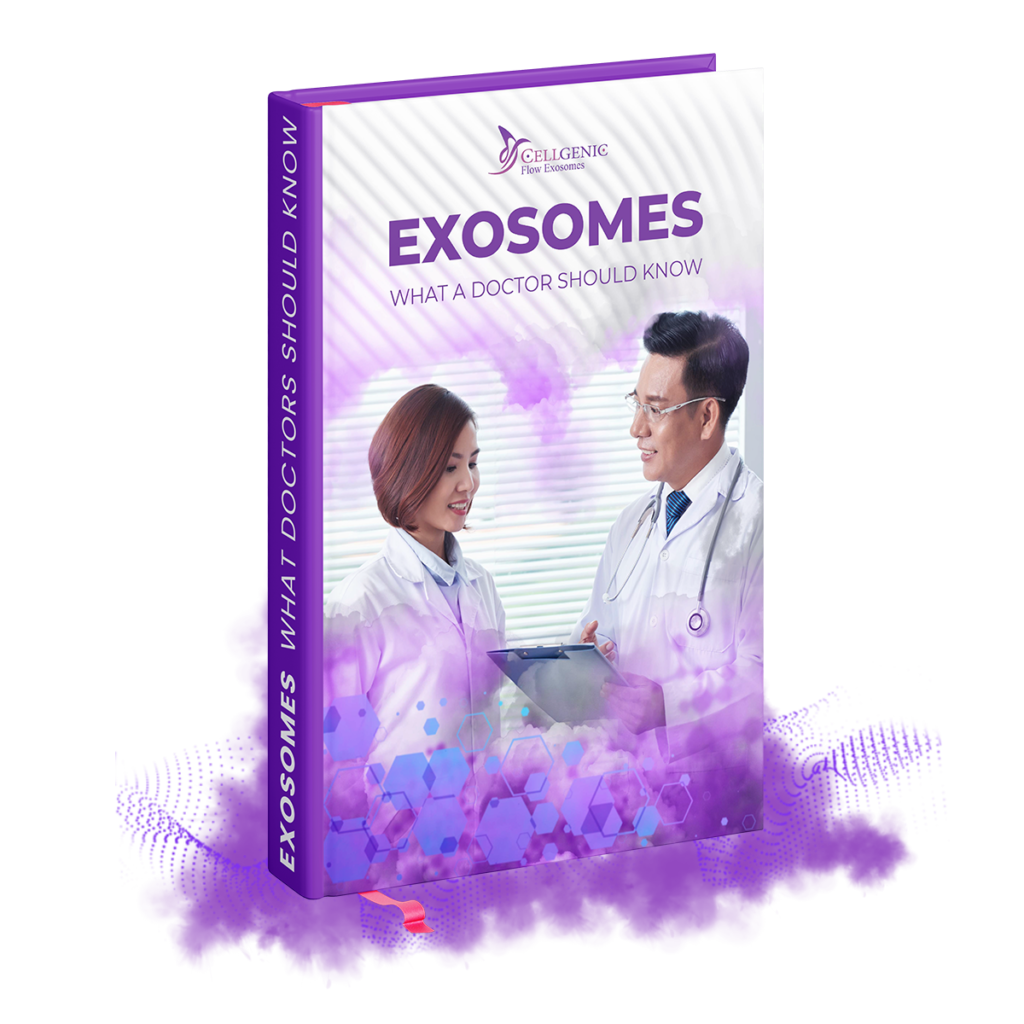Exosomes are tiny extracellular vesicles that have become increasingly popular in the field of biotechnology due to their ability to transport biological materials between cells. Medical and therapeutic applications of these vesicles are possible due to their variety of sources.
Our article will discuss the benefits and drawbacks of the various methods used to obtain exosomes.
Method 1: Ultracentrifugation
Obtaining exosomes through ultracentrifugation is a common procedure. Using a centrifuge, samples of biological material are spun at high speeds, which separates the exosomes from other cellular components based on their size and density.
It is advantageous to use ultracentrifugation to produce exosomes because it produces a large yield. Exosomes can be extracted from numerous sources, including blood, urine, and cell cultures. Nonetheless, this method is time-consuming and requires specialized equipment, making it impractical for smaller labs.
Method 2: Size-exclusion chromatography
Size-exclusion chromatography is another method of obtaining exosomes. Using a column filled with beads of specific sizes, exosomes are separated from other components in a sample based on their size.
The advantage of size-exclusion chromatography is that it can be used to isolate pure exosomes without damaging them, which is important for downstream applications such as electron microscopy or mass spectrometry. However, this method can also be time-consuming and requires specialized equipment.
Method 3: Immunoaffinity capture
The third method for obtaining exosomes is immunoaffinity capture. Using antibodies, specific surface markers are captured on exosomes, allowing them to be isolated from a sample selectively.
This method is usefull for isolating exosomes with high specificity, thus enabling researchers to study exosomes with specific functions. However, this method may not be suitable for large-scale production of exosomes due to its high cost.
Method 4: Microfluidics
A newer method for obtaining exosomes is microfluidics. This process uses microchannels to capture and isolate exosomes based on their size and density.
The advantage of microfluidics is that it is a high-throughput method that can isolate exosomes from small sample volumes, making it ideal for applications such as liquid biopsy or diagnostic testing. However, this method is still in the early stages of development and may not be widely available yet.
In conclusion, exosomes can be obtained using a variety of methods, each with its own advantages and disadvantages. Ultracentrifugation, size-exclusion chromatography, immunoaffinity capture, and microfluidics are all viable options for obtaining exosomes, depending on the intended use and available resources. Researchers should carefully consider which method is best for their specific application in order to obtain high-quality exosomes for their research.


